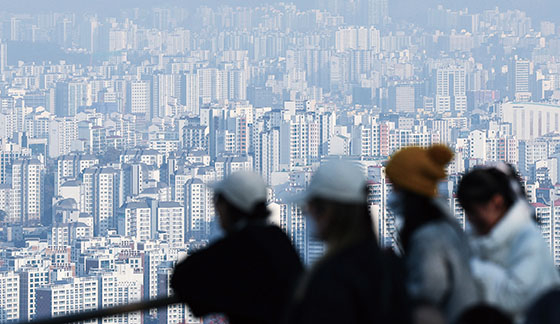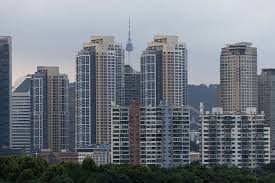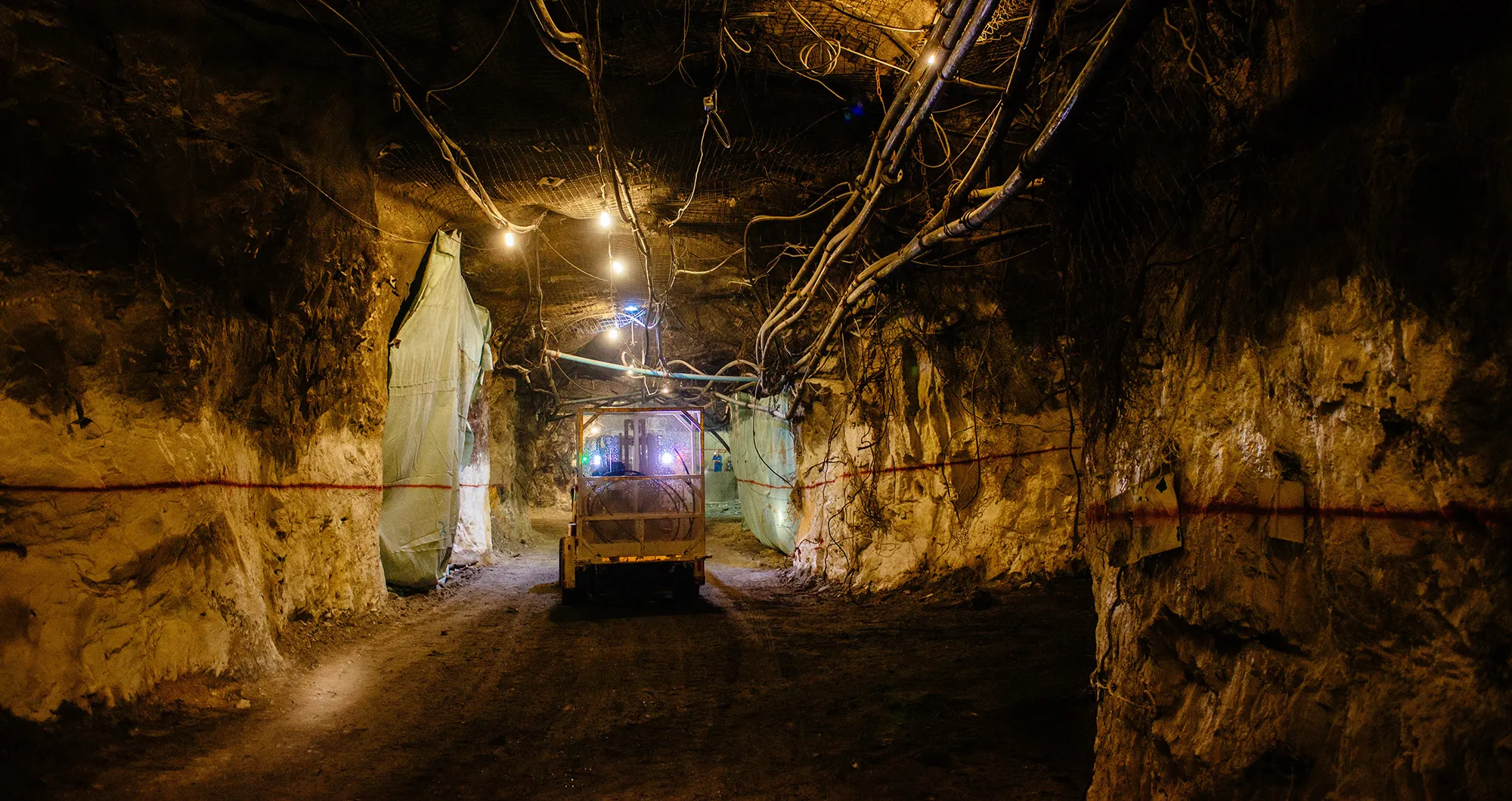Now Reading: All 17 South Korean Regions Record Positive Property Surge
-
01
All 17 South Korean Regions Record Positive Property Surge
All 17 South Korean Regions Record Positive Property Surge

Table of Contents
All 17 provinces in South Korea see apartment price rise — a development that is drawing major attention from both domestic homebuyers and global investors. In an unexpected but welcome trend, South Korea’s real estate market has shown a rare and unified upward movement across all of its 17 provinces. This broad surge is being widely credited to increasing optimism following the new government’s real estate policies.
South Korea’s housing sector has seen its fair share of ups and downs over the past decade. From regulatory restrictions to high borrowing costs, the market often remained volatile. However, the recent announcement that all 17 provinces in South Korea see apartment price rise suggests that the new government’s direction might be building long-term confidence in the sector.
Government Optimism Sparks Housing Revival

One of the major triggers of this trend is the optimistic sentiment generated by the newly elected administration, which has promised more balanced and realistic real estate policies. Unlike previous governments that often relied on heavy taxation and tight lending policies, the new government has indicated a shift toward supporting homeownership and encouraging healthy market demand.
These policy shifts include reduced real estate taxes, more housing supply in urban areas, and incentives for first-time buyers. This is creating a ripple effect across the country, and as a result, all 17 provinces in south korea see apartment price rise, even in regions that historically showed low price activity.
Breaking Down the Numbers Across Provinces
According to the latest data released by the Korea Real Estate Board (KREB), each of South Korea’s 17 major provinces, including Seoul, Busan, Incheon, and Jeju, recorded month-on-month apartment price increases. While Seoul continues to lead the charge with strong urban demand, areas like North Jeolla and Gangwon — traditionally slow-moving markets — also reported substantial gains.
In particular:
- Seoul saw a 1.2% monthly increase, its highest in nearly two years.
- Busan and Daegu rose by 0.9% and 0.7% respectively.
- Even rural areas such as North Gyeongsang experienced gains of over 0.5%.
These numbers are highly significant because they signal a nationwide trend, not just isolated urban booms. This reinforces the narrative that all 17 provinces in South Korea see apartment price rise not due to speculation, but due to growing trust and better policy structures.
Impact on Homebuyers and Investors
This surge is already having a notable impact on both domestic and foreign investment. Korean families who were once hesitant are now considering apartment purchases again, believing that prices might climb further in the coming quarters. Meanwhile, international investors view this as a sign of economic stability and renewed growth.
Moreover, the shift is happening across multiple price segments. While luxury apartments in areas like Gangnam still dominate headlines, mid-range and affordable apartments are also seeing price upticks. This is especially encouraging for young couples and middle-class families.
As a result of this renewed interest, real estate transactions rose by 18% year-on-year in May 2025, and many experts expect this trend to continue into the second half of the year.
Experts Weigh In on the Real Estate Boom
Analysts are calling this one of the most inclusive price increases in recent years. “This is the first time in nearly a decade that all 17 provinces in South Korea see apartment price rise at the same time,” said Dr. Hae-Min Joo, senior economist at the Korea Housing Institute. “It reflects not just policy optimism, but a broader economic recovery.”
Other experts point to declining interest rates, stabilized inflation, and improved employment numbers as supporting factors. With inflation hovering around 2% and interest rates projected to remain steady, homebuyers are finding the current market conditions more manageable than before.
Potential Risks and What to Watch
Despite the positive sentiment, some caution remains. A uniform rise in apartment prices across all 17 provinces may also invite concerns about overheating, especially if speculative buying returns. In response, the government has assured that it will maintain a careful balance between regulation and growth, ensuring that prices don’t rise beyond affordability.
Another risk is household debt. South Korea has one of the highest household debt-to-GDP ratios in the world. Any rapid price surge could worsen this scenario if not monitored. However, early signs suggest that most of the demand fueling this price rise is end-user driven, not speculative.
What It Means for the Future of South Korea’s Housing Market

The fact that all 17 provinces in South Korea see apartment price rise marks a major turning point in the country’s housing narrative. It’s not just a short-term trend — it could be the start of a more balanced and inclusive market where multiple regions grow together.
For South Korean citizens, this means more opportunities to build wealth through property. For the government, it is validation that their policy shifts are working. And for global investors, it sends a clear message: South Korea’s real estate market is open for business and stability.
Conclusion
In a country long known for its urban housing pressure and regional real estate imbalance, the news that all 17 provinces in South Korea see apartment price rise is both surprising and encouraging. With government optimism, better policies, and strong public response working together, South Korea might just be entering a golden phase in its housing journey.
As we move forward, the focus will be on maintaining sustainable growth, ensuring housing remains affordable, and spreading this positive momentum deeper into the economy.
Also Read – Altamira Open Day Event Returns with Live Bidding at Majestic Gardens 3





















